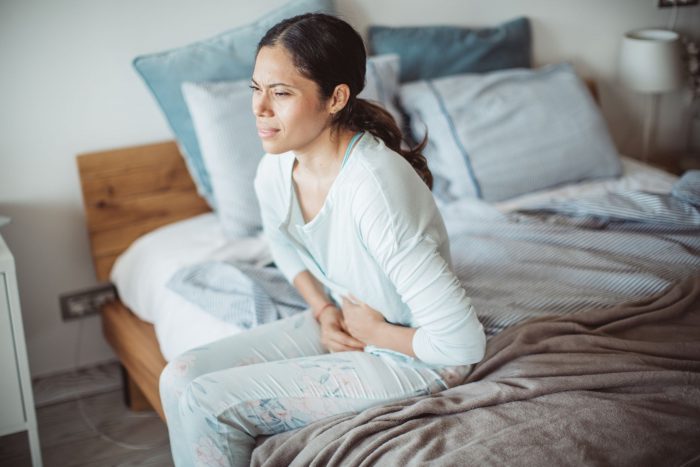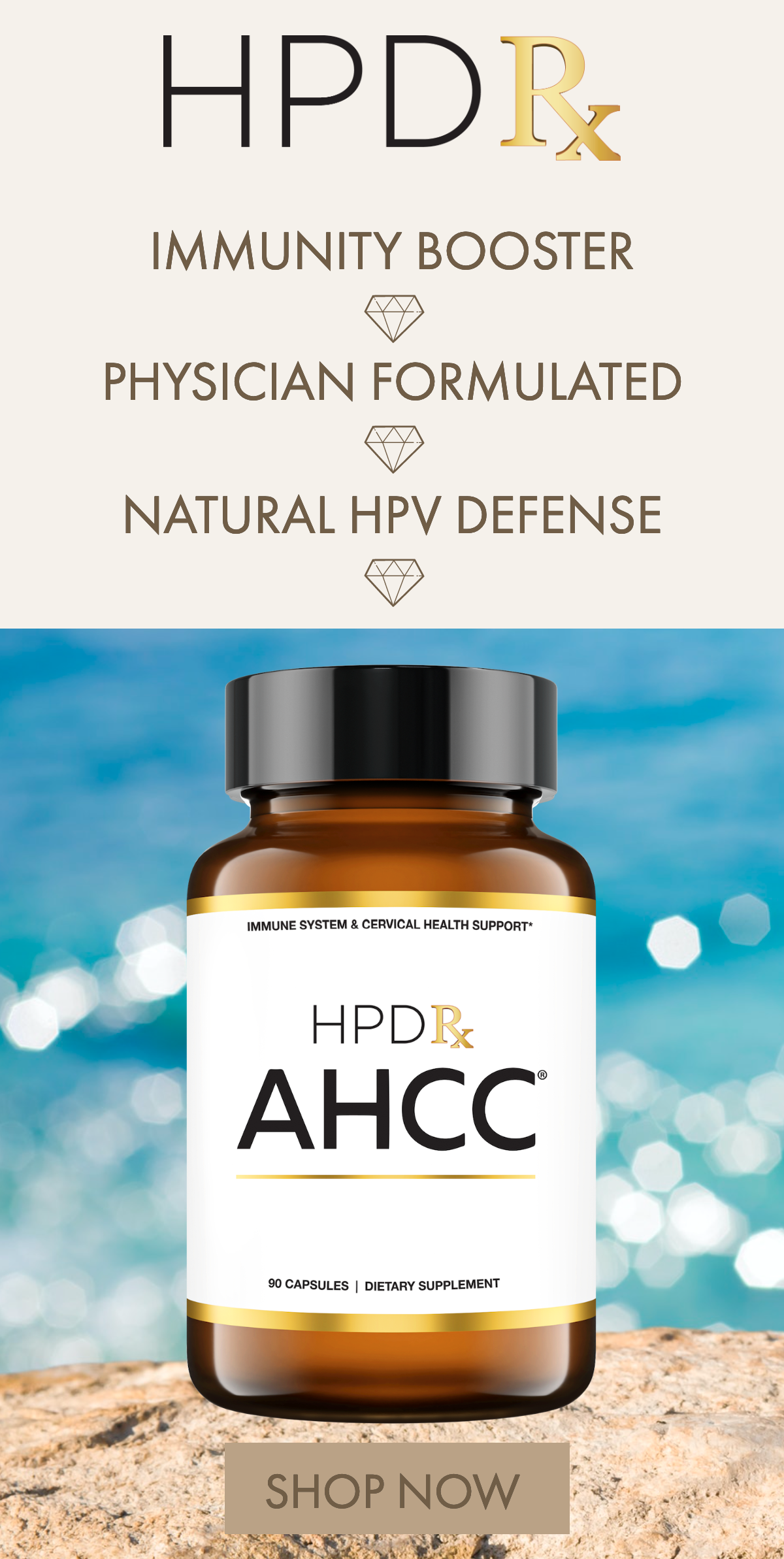
You may experience vaginal pain and discomfort for several reasons, such as contracting a sexually transmitted infection or yeast infection.
First, locate the specific painful area by focusing on parts like the uterus, vulva, abdomen, or pelvis. If the pain is somewhere outside your vaginal area, it may be a different condition altogether. Either way, persistent pain will probably make performing your regular daily activities more difficult. That’s when you know you’ll need professional medical treatment.Besides, you won’t know the cause of your vaginal pain until you receive a physical examination from a qualified doctor or primary care physician. It is better to seek a diagnosis and treatment for your pain now rather than later to prevent it from worsening.
Below are the top 10 causes of vaginal pain:
1) Yeast Infections
Yeast infections may cause you to feel a burning or itching sensation inside or outside your vagina. In addition, some women experience one or more other symptoms like pain, redness, swelling, discharge, and discomfort.
Many women have contracted yeast infections. The good news is yeast infections are common and treatable with over-the-counter medications. However, you should still request a pelvis examination from your doctor to understand the condition more clearly. Then your doctor can prescribe a more effective anti-fungal cream to eliminate the symptoms. Boric acid suppositories such as Fem-Rx are a highly effective treatment for yeast infections.
2) Bacterial Vaginosis
Bacterial vaginosis or BV is another cause of itching and discomfort in the vagina. You may also experience watery discharge with a fishy smell, which signifies excessive bacterial growth in the vagina.
All women have good bacteria in their vaginas to manage their pH levels. But if too many bad bacteria grow in the vagina, they will overtake the good bacteria and cause problems for you.
The medical community has no conclusive answer about what triggers bacterial vaginosis. They know sex and menstruation alter vaginal pH levels, but that’s all they can link to the cause. As for treatment, your doctor will issue a prescription for cream or pill-based antibiotics to target the infection. You can also use vaginal probiotics such as Pro-Fem to maintain a good pH balance and avoid BV.
3) Vaginal Dryness
Women producing fewer estrogen hormones may experience vaginal dryness. The reason is that estrogen is a type of growth hormone that enhances vaginal wall tissue thickness and blood flow. That is how you end up with a naturally lubricated and elastic vagina. So if your body doesn’t produce enough estrogen, you’ll have less natural vaginal lubrication, resulting in dryness.
Women experiencing vaginal dryness may get it from menopause, breastfeeding, and birth control pills. It can be painful if the dryness doesn’t go away after a week. Therefore, it is better to seek treatment from your doctor early.
Doctors usually recommend contraceptives or topical solutions to treat vaginal dryness discomfort.
4) Sexually Transmitted Infections
Any sexually transmitted infection or STI will cause vaginal discomfort and pain, including herpes, gonorrhea, and chlamydia.
Approximately 1 in 6 Americans have contracted herpes from sexual activity, based on a report from the Centers for Disease Control. Herpes causes inflammation and nerve issues that are both uncomfortable and painful. But the most embarrassing symptoms are the tender lesions on the affected tissues.
General inflammation is the primary issue stemming from sexually transmitted diseases. Since vaginal tissue is highly sensitive, any vaginal inflammation will cause itching, burning, and other pain and discomfort.
Preventative measures like contraceptives and abstinence are great ways to avoid sexually transmitted infections. But if you have contracted a sexually transmitted infection like gonorrhea or chlamydia, your doctor can prescribe antibiotics to eliminate the symptoms and possibly the condition.
Please note that some sexually transmitted infections like herpes are not curable. All they can be is treated.
5) Pelvis Floor Dysfunction
Pelvis floor dysfunction is when your pelvic floor muscles are too tense and unmanageable to enable a healthy bowel movement. Much of the pain and discomfort intensify during sex.
Women may experience pelvic floor dysfunction for several reasons, such as pelvic surgery, traumatic injury, overworked muscles, pregnancy, obesity, old age, etc. Pregnant women experience pelvic floor dysfunction the most because of the stress put on their pelvic floor muscles from pregnancy and childbirth.
Please seek your doctor’s advice if you experience pelvic pain, difficulty urinating, constipation, urination pain, leaky stool, or bowel movement problems. Physical therapy and prescription medications may be best to restore the pelvic floor muscles to a healthy condition.
6) Vulvodynia
Chronic vaginal pain can come from a mysterious condition called vulvodynia. Doctors and medical researchers don’t know what causes vulvodynia, but they theorize it involves the additional nerve fibers on the outer vulva and vagina. That is where you’ll feel random vaginal pains, even when you’re not having sex.
Visit your doctor if you experience chronic vaginal pain. If their diagnosis of your condition is vulvodynia, your doctor will likely prescribe topical medication like lidocaine to treat the chronic pain.
7) Endometriosis
Endometriosis is an unusual condition easily recognizable for doctors to diagnose. The condition causes excessive uterine tissue growth in areas away from your uterus, such as your abdomen, pelvic region, or lungs.
The condition affects nearly 11% of American women in their 20s through 40s. The symptoms may include chronic pain, inflammation, and tissue scarring. The pain can occur in various forms, such as lower back pain, pelvis pain, intestinal pain, menstrual cramps, and pain from having sex. Additional symptoms like spotting and bleeding may also occur if you’re infertile, between periods, or dealing with gastrointestinal issues.
Don’t procrastinate when it comes to these symptoms. Contact your doctor to schedule a pelvic examination immediately. After inspecting your inner pelvic area, your doctor can diagnose the problem by performing imaging tests or a laparoscopic surgical procedure. If the imaging tests provide inconclusive results, your doctor will recommend surgery to see the inner pelvis area for themselves.
Following a diagnosis of endometriosis, your doctor will need to remove the painful tissues using hormone therapy. If that isn’t effective enough, surgery will be the final option for eliminating the tissues.
8) Pelvic Inflammatory Disease
The pelvic inflammatory disease occurs if your ovaries, uterus, or fallopian tubes are infected. Since it causes inflammation in these areas, you can expect to experience significant vaginal pain and inner scarring of the pelvic organs. Some women with extreme symptoms may have pelvic organs attaching, resulting in chronic pain and discomfort.
It is easy to prevent pelvic inflammatory disease if you seek treatment shortly after contracting a sexually transmitted infection like gonorrhea or chlamydia. Women with multiple sexual partners have the highest risk of contracting an infection that causes pelvic inflammatory disease.
For this reason, you must receive regular ultrasounds and pelvic examinations because your doctor can diagnose any unknown sexually transmitted infections or the potential existence of pelvic inflammatory disease. After that, your doctor can prescribe antibiotics to treat the infection and reduce the symptoms.
Try to take preventative measures by practicing safe sex with the use of condoms. These measures reduce the risk of contracting a sexually transmitted disease or pelvic inflammatory disease.
9) Vulvovaginal Atrophy
Low estrogen production can cause you to develop an inflammatory vaginal wall condition called vulvovaginal atrophy.
Women over 50 experiencing menopause have the highest risk of getting vulvovaginal atrophy. But this inflammatory vaginal condition can also form in younger women after giving birth and breastfeeding their child. The reason is that these are moments when a woman’s estrogen levels drop, which means less vaginal lubrication and more vaginal dryness.
Urination and sex will be painful and uncomfortable because of vaginal redness and dryness. You may also see bleeding, spotted, or yellow discharge if left untreated. So make an appointment for a diagnosis from your doctor or ob-gyn. They can recommend a suitable hormone therapy treatment or lubricant to reduce the symptoms.
10) Cervical Cancer
Nearly 50% of sexually active adults have contracted HPV of some kind. Fortunately, many women in this category won’t feel symptoms because their immune systems will destroy the infection. That is why most women with HPV will never develop cancer.
However, some types of HPV will cause a long-lasting infection too powerful for the immune system to eradicate. Eventually, you could develop cervical cancer from the infection. The worst-case scenario for vaginal pain is cervical cancer from HPV, which can be life-threatening.
Schedule a yearly HPV test, pap smear, and pelvic screening so your doctor can catch abnormal cell growth before it becomes cancer. And if you don’t have HPV, ensure you get the HPV vaccine quickly. Screenings and vaccinations are the two most effective preventative measures to reduce the risk of cervical cancer.
If the screenings and tests show you have cervical cancer, the doctor may recommend radiation, chemotherapy, or surgical treatment. The choice depends on the stage of cervical cancer and the severity of the symptoms. There have been recent studies on HPV and AHCC which is a compound derived from shiitake mushrooms. Clinical studies have shown AHCC to support improved immune function against high risk HPV.









